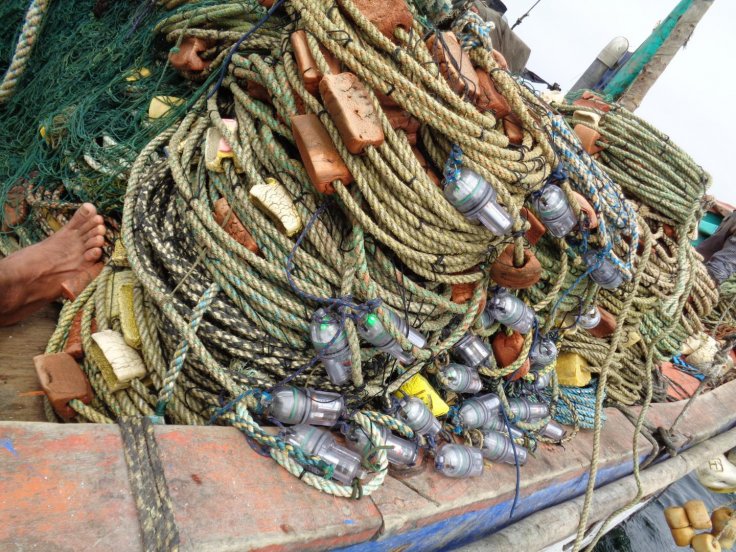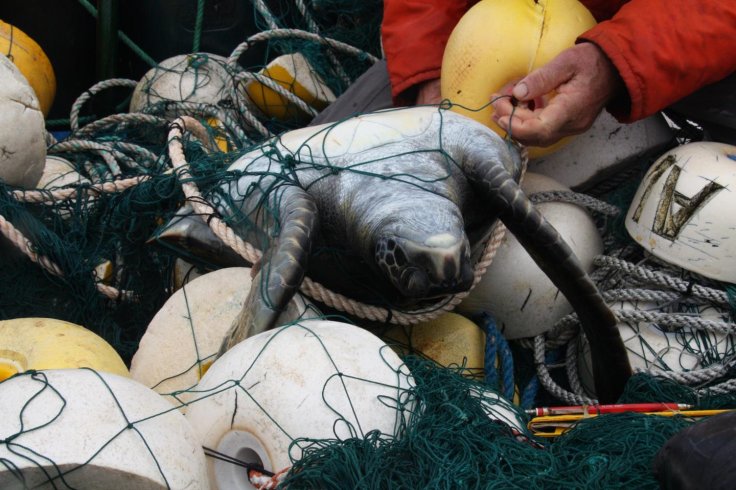A new research by the University of Exeter and Peruvian conservation organisation ProDelphinus has shown that placing LED lights on fishing nets may reduce the chances of dolphins and sea turtles getting caught by accident.
The study claims that floating gillnets, which can either be anchored or left to move with the ocean currents, with lights along the top can cut accidental bycatch of sea turtles by more than 70 percent and 66 percent of small cetaceans, including dolphins and porpoises, may not get caught.
By observing the small-scale vessels departing from three Peruvian ports between 2015 and 2018, the researchers found that the lights were not creating hindrance for the fishers to catch their target species.
An earlier study had suggested that the LED lights reduce bycatch of seabirds in gillnets by about 85 percent and these latest findings are in full support of that.
The gillnets, designed to entangle the fishes by their gills, are the largest component of the small-scale fisheries in several countries. Alessandra Bielli, who carried out the analysis as part of her research at the Centre for Ecology and Conservation at Exeter's Penryn Campus in Cornwall, said, "Gillnet fisheries often have high by-catch rates of threatened marine species such as sea turtles, whales, dolphins and seabirds."
Low-cost technique

"This could lead to declines in the populations of these non-target species - yet few solutions to reduce gillnet bycatch have been developed. Sensory cues - in this case LED lights - are one way we might alert such species to the presence of fishing gear in the water," Bielli added, who is also the lead author of the study.
The researchers experimented with two different sets of gillnets; one with the LED lights placed at a distance of every 10m along the float line of 864 gillnets and each of those nets were paired with an unlit net.
"The dramatic reduction in bycatch of sea turtles and cetaceans in illuminated nets shows how this simple, relatively low-cost technique could help these species and allow fishers to fish more sustainably. Given the success we have had, we hope other fisheries with by-catch problems will also try illuminating their fishing nets," said Exeter PhD graduate Dr Jeffrey Mangel, of Peruvian NGO ProDelphinus.
Need for affordable lights

The study noted that 86 percent of the turtles caught were green turtles, though loggerhead and some olive ridley turtles were also caught. Apart from these, some small cetaceans also got caught that includes 47 percent long-beaked common dolphins, 26% dusky dolphins and 24% Burmeister's porpoises.
"This work has further shown the usefulness of lights on nets to save wildlife. We now need lights that are ever more robust and affordable," said Professor Brendan Godley of the University of Exeter.









